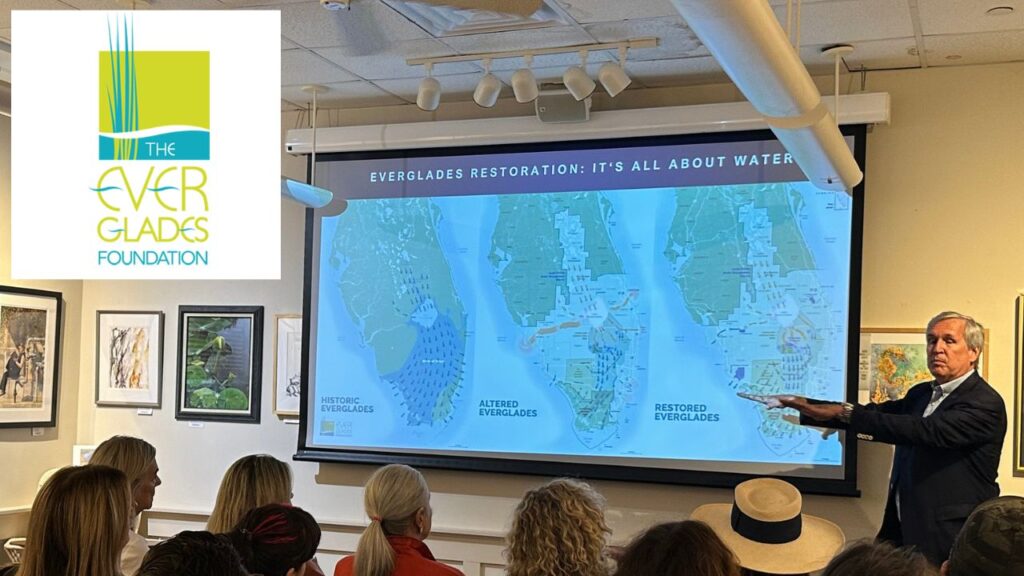If the Everglades Foundation (EF) sold its stock and Everglades restoration was its product, its stock would be worth an all-time high.
This year, EF featured a report by the nonprofit Earth Economics that estimates the value of the Everglades ecosystem will exceed $1 trillion over the next 50 years.
And in June, at the America’s Everglades Summit in Washington, D.C., a report titled “Thriving Everglades, Thriving Economies: The Natural Value of the Everglades” showed the Everglades’ $31.5 billion annual economic impact on seven key ecosystem services: $9.2 billion from property enhancement, $8.5 billion from recreation, $8.4 billion from extreme weather protection, and $3.3 billion from biodiversity. $781 million from habitat, carbon sequestration, and $26.7 million from commercial fishing, critical water supplies for millions of people.
In August, EF announced that it and Eco Scientific founder Miles Medina had developed a model to predict the occurrence of red tide along Florida’s southwest coast. Modeling prediction accuracy for predicting red tide occurrence is 73% for one-week forecasts and 84% for four-week forecasts.
In September, Everglades Foundation Chief Science Officer Dr. Steve Davis described the success of a new canal, called Contract 10A, that will help move large amounts of water south from Lake Okeechobee with the U.S. Army Corps of Engineers.
The project would restore natural water flow throughout South Florida, with a canal connecting Lake Okeechobee to the Everglades Agricultural Area Reservoir, where lake water would be stored, filtered, and sent south to the Everglades.

The reservoir itself will be approximately 37 feet tall and more than 200 feet wide at the base. Once completed, Davis said the water will be cleaner, reducing harmful emissions to the East and West Coasts that can cause toxic blue-green algae blooms.


